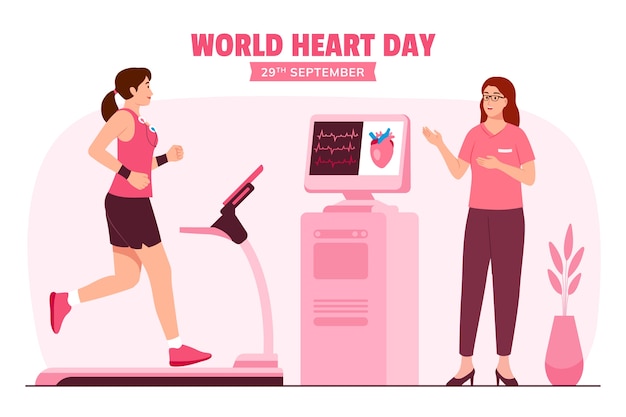When it comes to boosting metabolism and shedding body fat, two fitness approaches dominate the conversation: High-Intensity Interval Training (HIIT) and steady-state cardio. Both have loyal followings and solid scientific backing, but which one truly delivers better metabolic results? And more importantly, which one fits your lifestyle, goals, and long-term sustainability?
In this comprehensive guide, we’ll compare HIIT and steady-state cardio head-to-head, explore how each affects your metabolism, and provide practical tracking tips and motivation cues to help you stay consistent and see real results.
High-Intensity Interval Training (HIIT) involves short bursts of intense exercise followed by brief recovery periods. A typical session lasts 15–30 minutes and can include sprints, jump squats, burpees, or cycling intervals.
The key benefit of HIIT lies in the afterburn effect, also known as excess post-exercise oxygen consumption (EPOC). After a HIIT workout, your body continues to burn calories at an elevated rate for hours—even up to 24 hours—as it works to restore oxygen levels, repair muscle tissue, and regulate hormones.

Steady-state cardio (SSC) involves maintaining a consistent, moderate intensity over a longer duration—think brisk walking, jogging, cycling, or swimming for 30–60 minutes. It’s often referred to as LISS (Low-Intensity Steady-State) when performed at a lower effort.
While SSC doesn’t trigger as strong an afterburn effect as HIIT, it burns a higher percentage of fat during the workout and is easier on the joints. This makes it ideal for beginners, those recovering from injury, or anyone looking for a sustainable, low-impact way to stay active.
When it comes to boosting metabolism, both methods have strengths:
Research suggests that while HIIT may offer a metabolic edge in less time, steady-state cardio is more sustainable for many people—especially when consistency is key.
The best workout is the one you’ll actually do consistently. Here’s how to decide which method fits your goals:

Don’t rely solely on the scale. Track these key metrics:
Motivation fades—systems last. Use these cues to stay consistent:
You don’t have to choose one over the other. Many fitness experts recommend combining both: 2–3 HIIT sessions per week and 2–3 steady-state sessions. This approach balances metabolic boost, recovery, and sustainability.
For example: do HIIT on Monday and Thursday, go for brisk walks on Tuesday, Wednesday, and Saturday, and rest or stretch on Sunday. This keeps your metabolism active, reduces injury risk, and prevents burnout.
HIIT may have a stronger short-term metabolic punch, but steady-state cardio wins in sustainability and accessibility. The truth? Both can boost your metabolism—when done consistently and matched to your lifestyle.
Focus on what you can maintain long-term. Track your progress, celebrate small wins, and remember: the best workout is the one that keeps you moving—today and every day after.

Fitness

Fitness

Fitness

Fitness

Wellness

Health

Health

Fitness

Fitness

Wellness

Fitness

Fitness

Health

Fitness

Health

Health